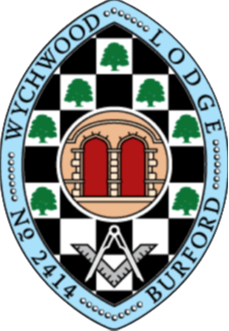Last Updated 20sth April 2024
We cannot guarantee that this website has been approved by the United Grand Lodge of England or the Provincial Grand Lodge of Oxfordshire. Neither can we guarantee that any information, pages or links are recognised by, or have the approval of the United Grand Lodge of England or the Provincial Grand Lodge of Oxfordshire.
The Wychwood Lodge or any individual member is not responsible for the information contained on the website. This website belongs to the Wychwood Lodge 2414 in Burford, Oxfordshire.
Address
- 31 Sheep Street
- Burford
- Oxfordshire
- OX18 4LS
- Website hosting donated by Gator Web Design
- OUR PRIVACY AND COOKIE POLICY is here.
